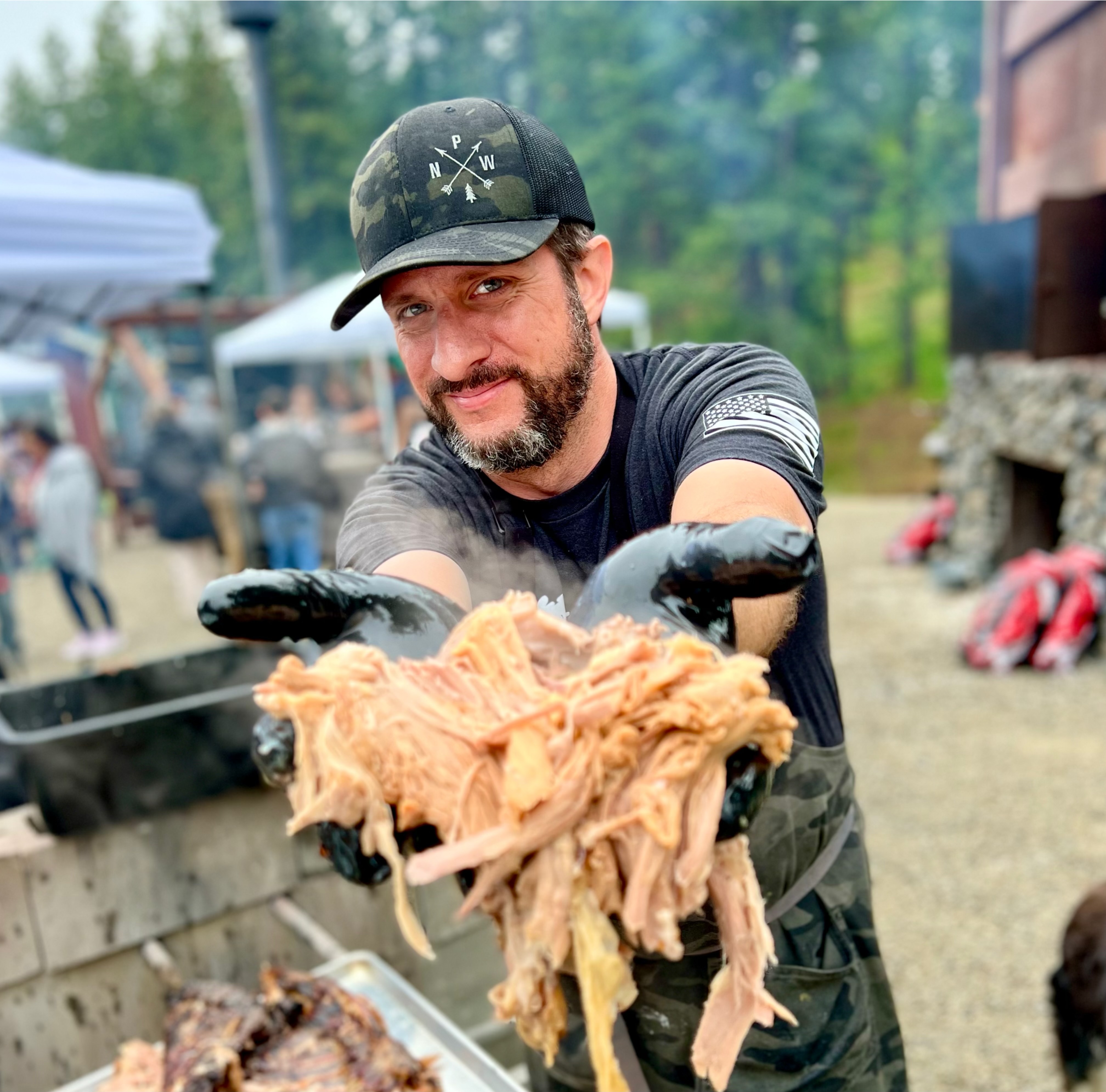Smoked Brisket: a Complete Guide
This smoked brisket recipe has been a work in progress over the years. After many experiments of successes and failures, this smoked brisket recipe has become my go-to. This post is perfect for smoked brisket for beginners. Ah, brisket. The cut of beef I was…





































